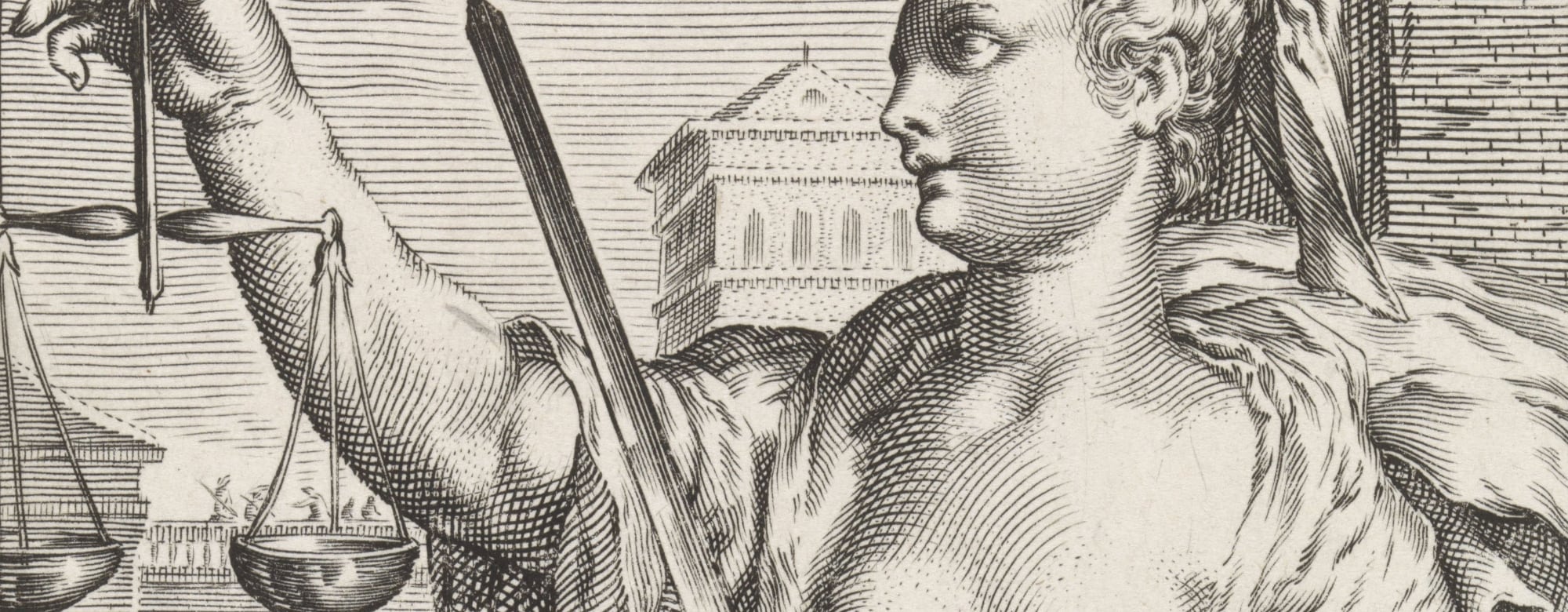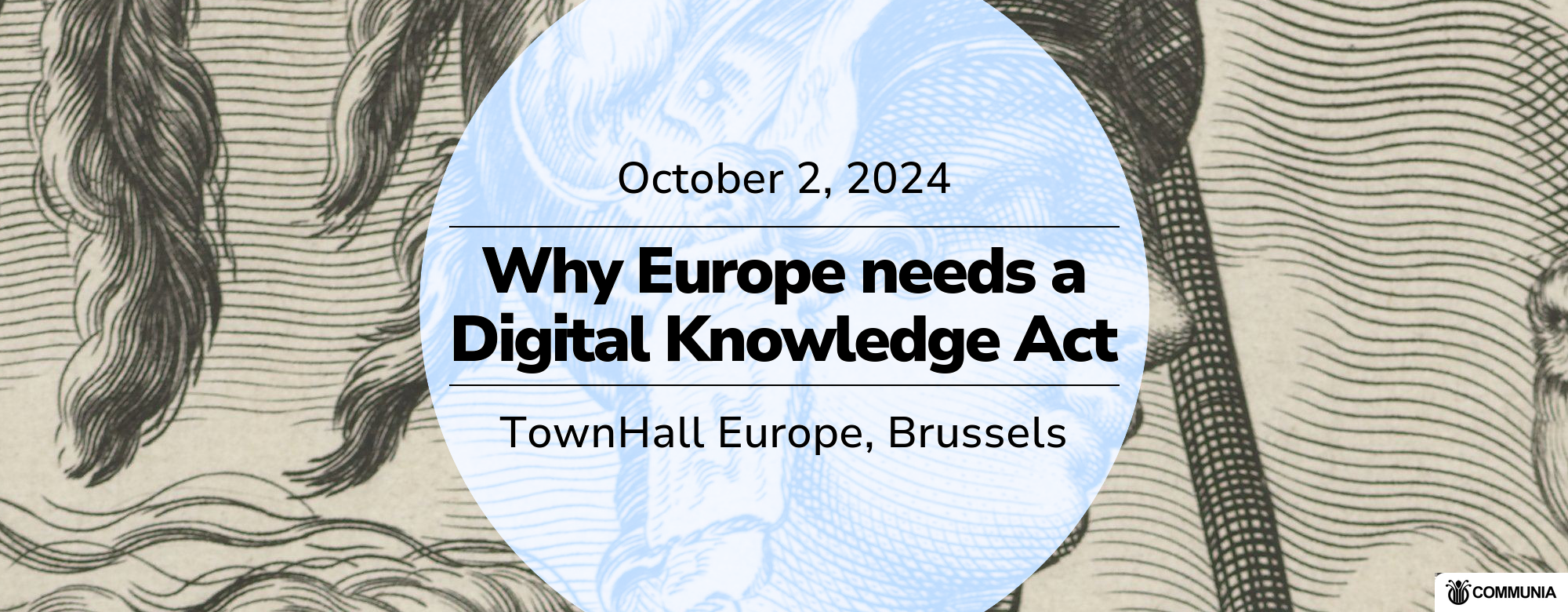At the beginning of February, the German Government (the “Bundeskabinett”) adopted the proposal for the implementation of the copyright directive, which opens the path for discussions in Parliament. While the proposal that has been adopted earlier this month has undergone significant changes since the first versions emerged in January 2020 (the provisions dealing the the new neighbouring rights for press publishers and most of the exceptions) and in June 2020 (the provisions dealing with Article 17, Out-of-Commerce Works and the protection of the Public Domain), it still remains one of the most ambitious implementation efforts that we have seen so far.
This post will take a closer look at the provisions implementing Article 17 of the Directive into German law. As we had noted in our analysis of the original discussion draft from June last year, the German legislator is proposing to implement these provisions into a new act that is separate from the copyright act: the “Act on the Copyright Liability of Online Sharing Content Service Providers”. By now the proposal for this act has undergone two public revisions. After the first discussion draft in June, the Ministry of Justice published a revised draft (“Referentenentwurf“) in October of last year. This revised version maintained the core user rights safeguards underpinning the original proposal (a new remunerated exception for minor use and the ability for uploaders to flag uploads as legitimate) while making a few changes to the way the pre-flagging mechanism works.
A step back for user rights
Just as the original discussion draft, the Referentenentwurf drew massive criticism from rightsholders that was primarily directed at the user rights safeguards contained in the proposal. Unfortunately the Ministry of Justice has now caved in to some of these demands and as a result the user rights safeguards have been further cut back in the final proposal adopted by the government (“Regierungsentwurf“).
The most substantial change in the Regierungsentwurf concerns the legal mechanism for ensuring that user rights are protected in line with the requirements of paragraph 17(7). The original proposal relied on a new exception that legalised minor uses of copyrighted works (any use consisting of less than 20 seconds of audio or video, 1000 characters of text or images smaller than 250Kb) and would have prevented platforms from blocking such uses.
In the updated proposal this exception is gone and has been replaced by a more limited construction of “uses presumably authorised by law” which cannot be blocked automatically. For a use to be “presumably authorised by law” it needs to fulfil the following cumulative criteria:
- The use must consist of less than 50% of the original protected work,
- The use must combine the parts of the work with other content, and
- The use must be minor (a non-commercial use of less than 15 seconds of audio or video, 160 characters of text or 125 kB of graphics) or, if the use generates significant revenues or exceeds these thresholds, the user must flag it as being covered by an exception.
If these conditions are met, the use is considered to be “presumably authorised by law” and cannot be blocked automatically (neither at upload or at a later stage). This new approach is problematic in at least two regards: Firstly, it excludes all uses where more than 50% of an underlying work is used and secondly the threshold of 160 characters of text (that is the result of massive pressure from press publishers) is completely impracticable as it allows automated blocking of uploads based on extremely short snippets of text such as a single sentence. The new “less than 50% of the original” threshold means that some uses that clearly fall under exceptions and limitations (including the ones for quotation, caricature, parody and pastiche explicitly mentioned in paragraph 17(7)) can be automatically blocked at the request of rightsholders.
Two steps forward in the implementation discussion
While these changes have resulted in a weaker level of protection of users’ rights , the proposal still manages to provide meaningful procedural safeguards for users, that limit the ability of rightsholders and platforms to deploy fully automated upload filters. To ensure that “automated procedures” deployed by platforms in order to comply with their requirements under Article 17(4) do “not result in the unavailability of content uploaded by users if the use is authorised by law or does not infringe copyright”, the proposal prescribes the following procedure:
- If an upload matches a work that a rightsholder has requested to block, the platform needs to determine whether the match meets the initial criteria for “uses presumably authorised by law” as outlined above.
- In the case of “minor use” no further action of the user is required. If however the use is not minor, the platform needs to inform the user of the blocking request and about the need for uses to be authorised by law, and give the user the ability to flag the use as legal.
- If the conditions for “uses presumably authorised by law” are not met, the platform must block the content and inform the user that she can file a complaint (that needs to be justified). Content has to stay down until the complaint is resolved (if the user does not file a complaint the content stays blocked).
- If the conditions for “uses presumably authorised by law” are met, then the content stays up and the rightsholder is informed about this fact. The rightsholder can then file a complaint, and the content stays up until the dispute is resolved (if the rightholder does not file a complaint the content stays up as well).
- If the rightsholder is a “trusted rightsholder”, and after a human review they decide that the use is evidently infringing and commercially harmful, they can request that the content is taken down immediately until the dispute is resolved.
Complaints submitted by rightsholders and users must be processed by the platform (or an entity designated by the platform) within one week. If the use is found to be legal then it must stay up (or be reinstated, if it had previously been blocked). If the use is found to be infringing then it must be taken down (or remain unavailable if it had previously been blocked).
Illustration of the Article 17 workflow by the German Ministry of Justice and Consumer Protection (BMJV). See our own more detailed illustration here.
Despite the substantial weakening of the standard for identifying uses that cannot be blocked automatically that it has undergone since the initial version, the German proposal still manages to provide meaningful safeguards against over-blocking. In broad lines, the German proposal follows the model that we had presented at the sixth meeting of the Commission’s stakeholder dialogue almost a year earlier. While some of the parameters (most notably the 160 characters maximum for minor uses, and the requirement that a use must contain less than 50% of an original work) are deeply flawed, the core mechanism to comply with the requirements in Article 17(7) remains unchanged: automated filtering without any human oversight must be limited to uploads that are classified as manifestly infringing.
It is welcome to see that, so far, this guiding principle has survived all attempts of weakening the user rights safeguards in the German implementation discussion. In this context it is important to note that the German proposal does not stand alone in recognising this guiding principle: the same principle is present in the Commission’s draft implementation guidance, the recent Austrian implementation proposal and it has been endorsed by a large group of copyright scholars as early as in the fall of 2019. However, it is questionable however whether the specific thresholds chosen by the German government are sufficient to meet the requirement of Article 17 (7) that legal content must not be blocked, given that examples abound where perfectly legal uses would fail to meet those increasingly strict thresholds.
The German proposal will now be discussed in the German Parliament with a first reading scheduled at the end of March. On the 17th of March, ahead of this reading we will organize a COMMUNIA salon in which we will discuss the proposal in more detail with representatives of the German Ministry of Justice and Consumer Protection (additional participants to be confirmed) You can sign up for this event here.

